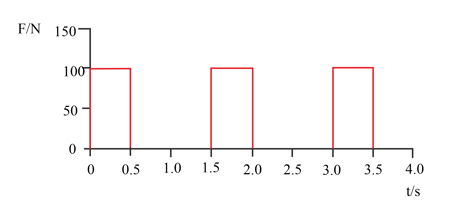The bodies in the diagram suffer a head on collision and stick to each other afterwards Find their common velocity.
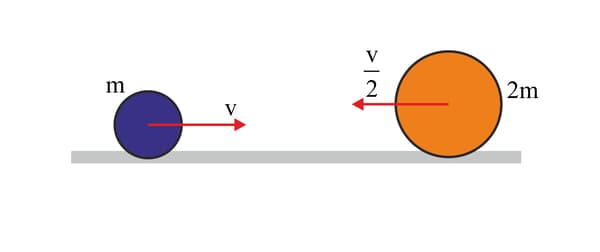


Important Questions on Mechanics
A ball of mass , rolling on a horizontal floor with the speed hits a wall and bounces with the same speed. What is the magnitude and direction change of the momentum of the ball?
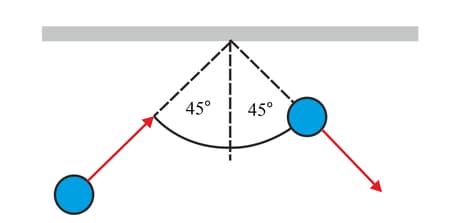
A ball of mass , rolling on a horizontal floor with the speed hits a wall and bounces with the same speed. Is momentum conserved in this case? Why or why not?
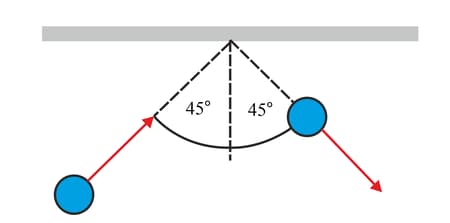
Two masses moving in a straight line towards each other collide as shown in the diagram. Find the velocity (in meter per second) of heavier mass after the collision.

A time-varying force varies with time. As shown in the graph. The force acts on a body of mass . Find the impulse (in N s) of the force from .

A time-varying force varies with time. As shown in the graph. The force acts on a body of mass . Impulse of the force from is . Find the speed (in meter per seconds) of mass at . Assuming the initial velocity was zero.
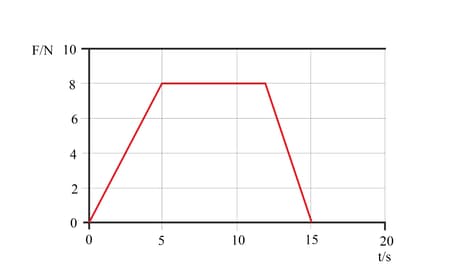
A time-varying force varies with time. As shown in the graph. The force acts on a body of mass . Impulse of the force from is . State the magnitude of initial velocity (in meter per seconds)of the body such that it is brought to rest at .
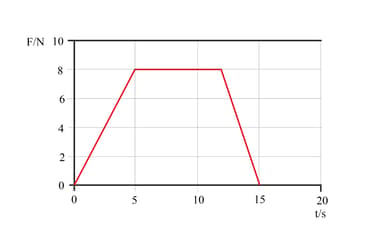
A boy rides on the scooter pushing on the road with one foot, with a horizontal force that depends on time as shown in the graph.While the scooter rolls a constant force of opposes the motion. The combined mass of the boy and the scooter is . Find the speed of the boy after , assuming he started from rest.
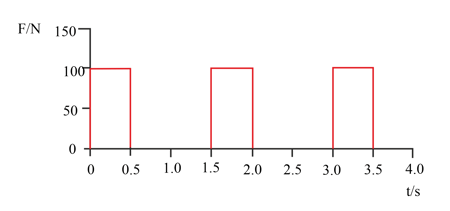
A boy rides on the scooter pushing on the road with one foot, with a horizontal force that depends on time as shown in the graph.While the scooter rolls a constant force of opposes the motion. The combined mass of the boy and the scooter is . Draw a graph to represent variation of boy's speed with time.
